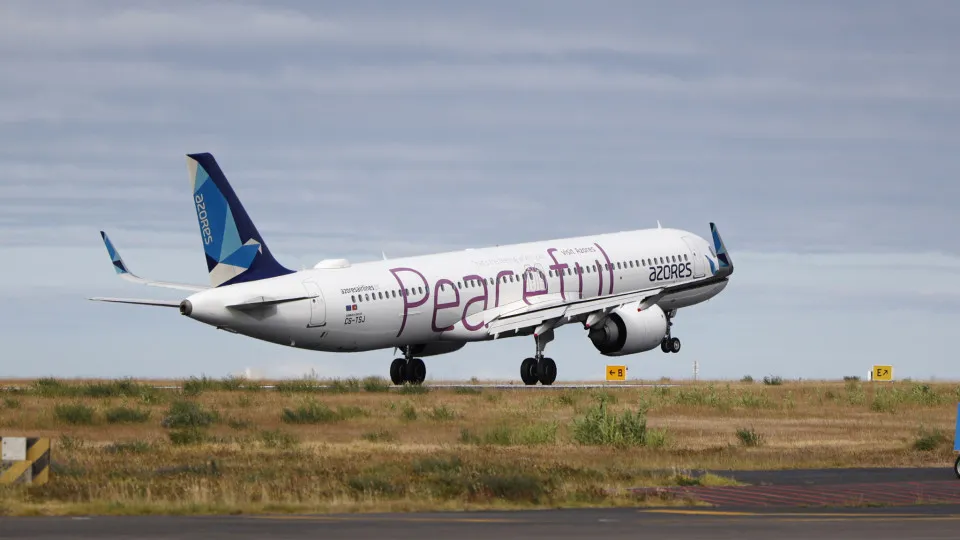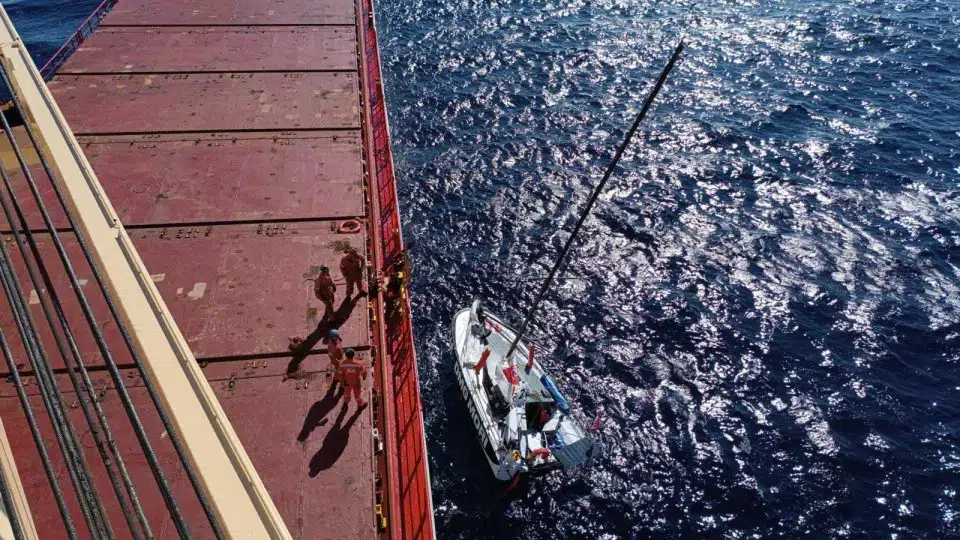
The strikes by pre-hospital emergency technicians from the National Institute of Medical Emergency (INEM) in October and November of last year exacerbated delays in emergency responses.
During this period, at least 12 deaths were recorded, prompting the Health Activity Inspectorate (IGAS) to launch inquiries to determine potential connections between the delays in emergency response and the fatalities.
IGAS concluded investigations into the 12 deaths:
84-year-old man dies in Mogadouro
The Health Activity Inspectorate determined that the death of a man in Mogadouro, Bragança, during the INEM strike, may be associated with a delay in response by the Urgent Patient Guidance Center (CODU).
“The delay in phone response by CODU may have significantly influenced the victim’s final outcome following a choking incident,” IGAS stated in a report on the inquiry into the death of an 84-year-old man on November 2, 2024, during a strike by the National Institute of Medical Emergency (INEM).
95-year-old man dies in Matosinhos
The Health Activity Inspectorate identified call handling failures by CODU but does not establish a causal link between these and the death of an elderly person in Matosinhos during the INEM strike.
“It was concluded that CODU did not respond to the emergency calls or conduct a ‘callback’ [return of missed call], which delayed aid to the victim,” the IGAS reported in its findings on the inquiry into the death of a 95-year-old in Matosinhos on November 4, 2024, during a strike by the National Institute of Medical Emergency (INEM) technicians.
73-year-old woman dies in Montemor-o-Velho
The Health Activity Inspectorate concluded there is no causal link between the delay in INEM call response and the death of a 73-year-old woman in Montemor-o-Velho in November 2024.
The IGAS inquiry into this case, which occurred on November 4, 2024, when the strike by National Institute of Medical Emergency (INEM) technicians delayed emergency responses, states that “it is not possible to establish a causal nexus between the delay in emergency call response by CODU [Urgent Patient Guidance Center] and the fatal outcome.”
86-year-old man died of heart attack on October 31 in Bragança
IGAS concluded that, after INEM took an hour and 20 minutes to arrive, the patient might have survived had an immediate response been available; however, no blame was placed on the workers.
The patient, who died of a myocardial infarction, had a reduced chance of survival.
This survival chance “would always be dependent on the initiation of basic life support maneuvers immediately.”
The patient had several comorbidities and a history of significant cardiovascular pathology.
Despite the untimely response by INEM, IGAS states that “it is not possible to attribute blame to the conduct of CODU [Operational Center of Urgent Patients] staff, considering the volume of calls on hold, rerouted by the 112 Line.”
74-year-old woman died in Almada municipality
Despite delays in call response by CODU and a lack of available ambulances from volunteer fire departments in Almada and Cacilhas, IGAS concluded there is no causal link between the response delay and the death, as “given the irreversible brain injury, the patient was beyond saving.”
93-year-old woman died in Tondela municipality on November 2
IGAS concluded that despite delays between call handling and activation of rescue resources by CODU, “no causal nexus” exists between the INEM delay and the patient’s death.
The inspectorate stated that it would be “very unlikely” any more timely intervention would have had a chance of success, given the patient’s history of “significant cardiovascular pathology.”
Death of a 53-year-old man in Pombal on November 4
IGAS concluded the patient’s death might have been avoidable had there been a timely and reasonable emergency response that enabled transport via a Coronary Green Way to the nearest hospital for coronary angioplasty in one of its Hemodynamics Units.
The report was sent to INEM so the board can decide on instituting disciplinary proceedings against a pre-hospital emergency technician (TEPH) due to indications of response failure and on the continuation of services by a doctor, given the “severity of the actions taken in providing aid to the victim.”
Death of an 86-year-old woman, resident of Castelo de Vide municipality, on November 4
IGAS concluded that despite the time elapsed between the phone contact with the 112 Line and the differentiated emergency response reaching the location (an hour and 19 minutes), the patient’s death was due to extensive hemorrhagic stroke, “a very poor prognosis situation, regardless of the time taken to initiate resuscitation maneuvers.”
The case was closed.
Death of a 77-year-old man in Vila Real de Santo António on November 4
IGAS concluded the patient’s death was due to acute ischemic heart disease — acute myocardial infarction.
It was deemed that the fatal outcome “was irreversible,” as cardiopulmonary resuscitation should have been conducted immediately or within 5/10 minutes.
Although 35 minutes passed between the phone contact with the 112 Line and the differentiated emergency response arriving, the inspectorate stated there was no causal link between the call to the 112 Line and the observed fatal outcome, as deployment of the nearest emergency resources and arrival on site would always exceed ten minutes.
The case was closed.
Death of a 73-year-old man in Vendas Novas, Évora district, on October 31, 2024
IGAS dismissed a direct link between the Vendas Nova patient’s death and the delay in emergency response, explaining survival chances “would have been greatly limited, virtually zero, given the patient’s clinical condition.”
Death of a 90-year-old man, resident in Pombal, on November 4
In this case, too, IGAS rejected any causal link between the delay in emergency call handling by the Urgent Patient Guidance Center and the patient’s death.
IGAS assessed that the man’s survival chances, at 90 years old, “would have been similar even under optimized conditions.”
95-year-old man dies in Ansião, Coimbra district, on November 4
IGAS also concluded it is not possible to establish a causal link between the delay in emergency call handling by CODU and the fatal outcome, asserting that the medical assessment indicated that in cardiac arrest cases involving patients over 90, the “survival rate is low and the outcome would likely be similar, even under optimized conditions.”




